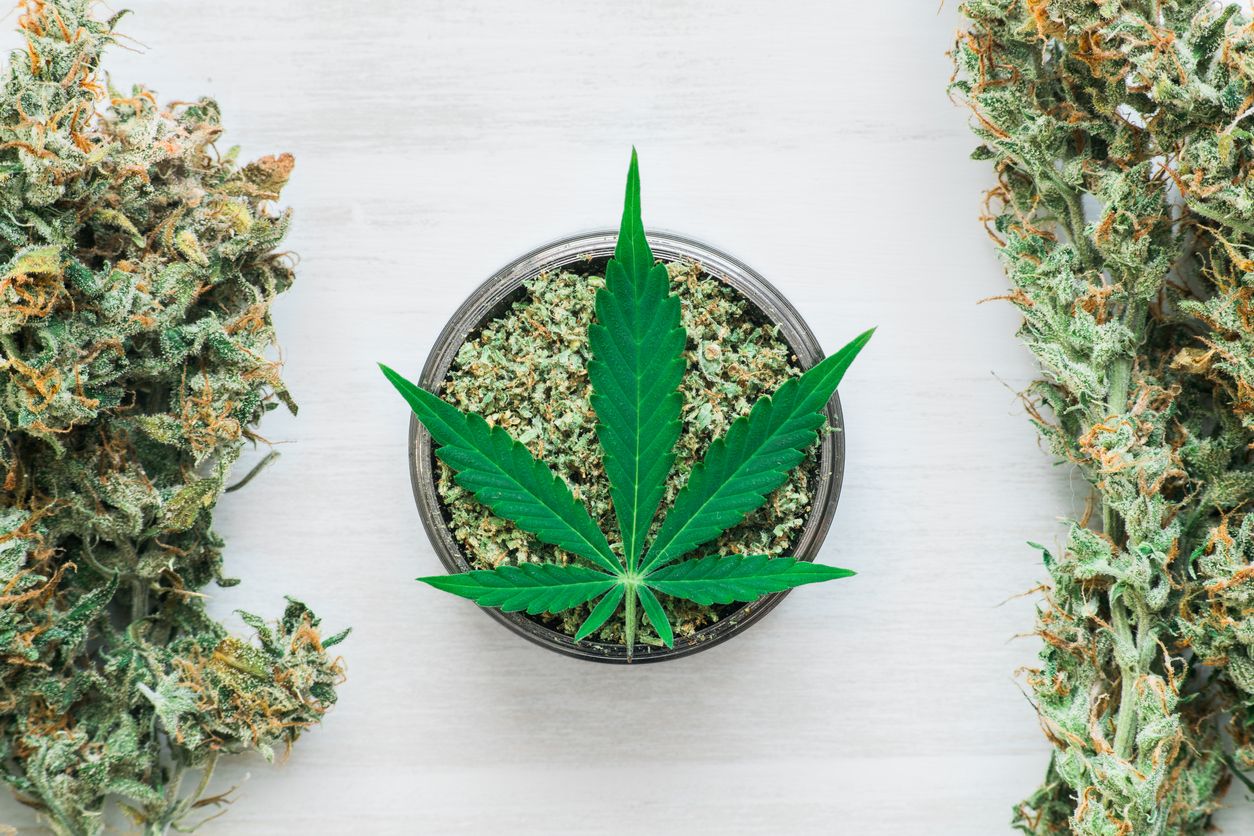5 Reasons why we must finally let go of Indica and Sativa labels

As we discover exciting and life-changing things about this once shunned plant, those who use it are doing their best to keep up with it all. Everything from cannabinoid content to the harvest date and type of strain is now important, and people browsing through pot products look for them, but only some of these labels have an important story to tell the average Joe. Some experts suggest that we toss the idea of Indica strains versus Sativa strains, and they provide some pretty compelling reasons for us to push for this change in the legal market.
1. They aren’t always accurate
The meaning of Sativa and Indica has changed significantly over the centuries, at first eluding to the origin of a particular strain and now the way that each one grows. That’s right! The Indica strains you know and love could have one day not long ago been considered a Sativa variety and vice versa. Not only that, but with how departed we are from any real documented truth in regard to how cannabis strains have evolved over the years, there is no real way to know or test for this particular quality. Instead, cannabis products are labeled as Indica or Sativa blindly, without merit or any guarantee of accuracy.
2. Nearly all cannabis strains are hybrids
Once upon a time, our ancestors had access to the original cannabis strains. Those that grew wild, cultivated and spread throughout and by nature. Some were farmed en mass for manufacturing or food, while others were utilized for recreational or spiritual purposes, as they flowered in regions their genetics were born in. We’ve come a long way since then, bringing seeds from all corners of the globe together in an attempt to create the perfect species, and as you can imagine, to get here, there’s been a whole lot of cross and selective breeding to achieve it. Today, it’s nearly impossible to find any strain that is not a hybrid, even if the label tells us otherwise.
3. These terms mean virtually nothing to the average consumer
Even the least experienced cannabis enthusiasts believe that they know the difference between Indica and Sativa when the truth is they are likely only familiar with stereotypes and myths that have been used for decades to market green products. Though they might be the most notable and popular terms associated with the plant, they mean more to the average grower than they ever could for regular everyday consumers.
4. Perpetuating myths and stereotypes
You probably think that Sativa strains will bring you up while Indica varieties will induce the opposite effect, with a more soothing, sedating chemical structure, but this couldn’t be much further from the truth. The only reason so many people still believe this is because cannabis companies, websites, and even educators refuse to admit that all of these years of advertising specific qualities for each type was nothing more than a sales pitch to make consumers believe they could have a bit more control over the experience. This is wrong, and in a day and age where education should be our top priority, as we work towards eliminating taboo and stigma, it’s up to us to put a stop to this nonsense.
5. There is much more important information that’s not on any labels
Sure, growers might need to know this information, but for the average lover of the herb, there are many more important tidbits of information that cannot be found anywhere on cannabis product labels. We highlight strain type, and boast about cannabinoid counts for THC and CBD, but what about all of the other highly influential elements that are produced by the plant? What about terpene profiles and CBN or CBG content? These two things alone could really put power in the hands of consumers, but instead, we’re wasting time, energy, money and precious label space on less relevant things, which keeps those who buy these products in the dark.
Some might use these labels as a crutch and deciding factor when they’re shopping for cannabis, and we know that it’s not good for them or the green businesses that serve them. It’s time we start to erase the damage of pre-conceived notions and misconceptions, and a great place to start with that would be by eliminating or at least not accentuating the supposed origin of any one species because science tells us that it’s harmful to those who use cannabis, as well as those who sell it who are left trying to explain to angry customers why a particular strain didn’t offer the expected experience.


